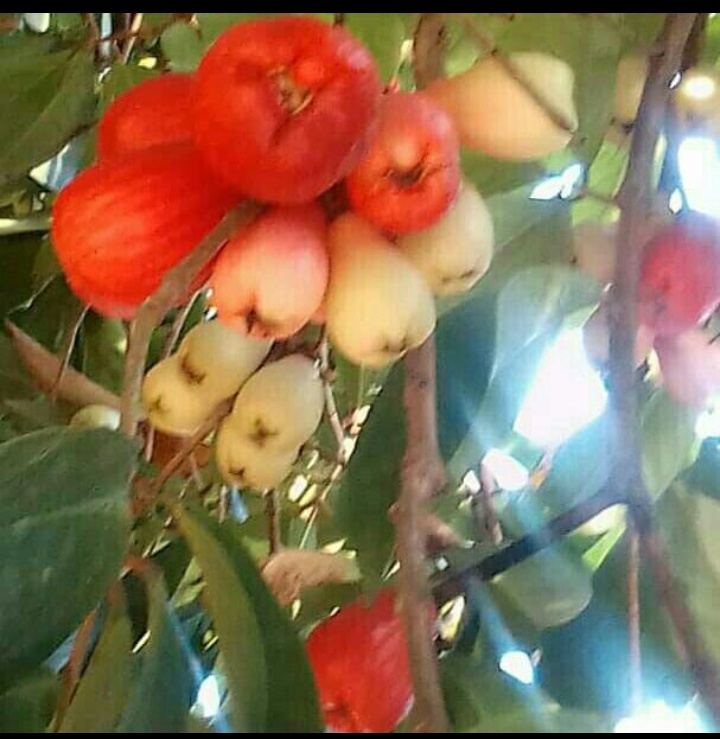The Malay Apple
It is a medium sized tree that has been cultivated for a long time in the tropics. It was originally found in the lowland to montane rainforest.
Today, over most of its range is found in home gardens and plantations. The tree is valued for its large edible edible fruits that are eaten fresh. Because of its short shelf life, it has not been grown in large plantations for export and it is mostly locally consumed rather than exported.
It can be a significant cash crop, however, when sold in local markets. The tree is also widely used in traditional medicines. It produces fruits from the third year (3rd year) after planting.
Current Distribution
It is now cultivated throughout the tropics especially in Indo-Malaysia, South east Asia, South America and Africa.
Rainfall Pattern
It prefers year-round rain, but tolerate seasonal rain as long as there is no extended dry period. Trees grow in areas with a seasonal dry period and must be irrigated during the drought.
Life Span
The longevity is unknown, although several decades (50 years minimum) is expected.
Hazard
None
Spacing for commercial production
In India, Malay apple trees are spaced (8-10m) apart on fields. It thereafter require little care except for elimination of weeds and periodic fertilization and plentiful irrigation in very dry weather.
In Nigeria, the minimum recommended spacing for trees on the field is 5m by 5m.
Estimated Yield
Yields of 21 – 85 kg (48 – 188 lbs) per tree have been reported.
Business Opportunities in Malay Apple Farming
1. Malay apple seedlings production in 12 weeks
2. Germinated seed production in 6 weeks
3. Malay apple farms/ Plantation establishment.
Prospects
1. Massive Production of Malay apples for local consumption and export.
2. Production of the apple seeds
3. Production of medicinal or herbal products for human consumption from the leaf, root, bark,seed etc
4. Practical Farm Training for the public at a fee.
5. Creation of job opportunities for low, semi and high skilled workers.
6. Wealth creation for individuals, farmers and the country.
Commercial viability of the Malay apple
a. Sale of the fresh apples :
i. For immediate consumption
ii. Production of fresh apple juice
iii. For export to earn foreign exchange
Other Uses
a. smoothie
b. sauce
c. preserves
d. fruit salad
e. stewing into chutney etc
Climate, Soil and Propagation
The Malay apple is strictly tropical. The tree requires ample humidity, high rainfall and no frost.
It has two (2) seasons from May to July, and the other from November to December. For marketing, they must be hand-picked to avoid damage and to have longer shelf life.
For Enquiry Please Contact Akinyemi On: +234 915 088 7543

Best best best..